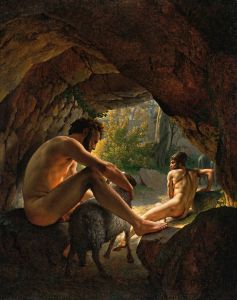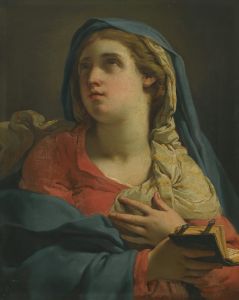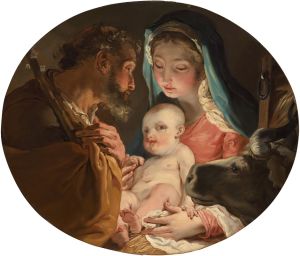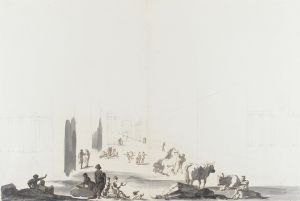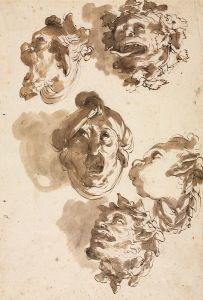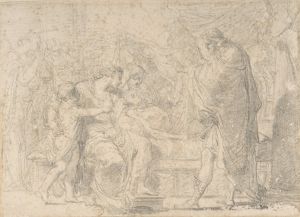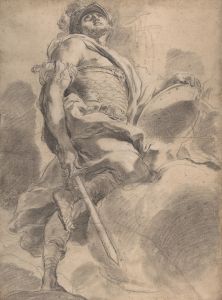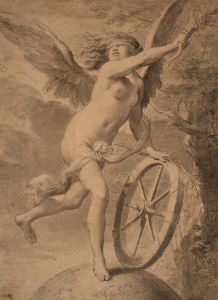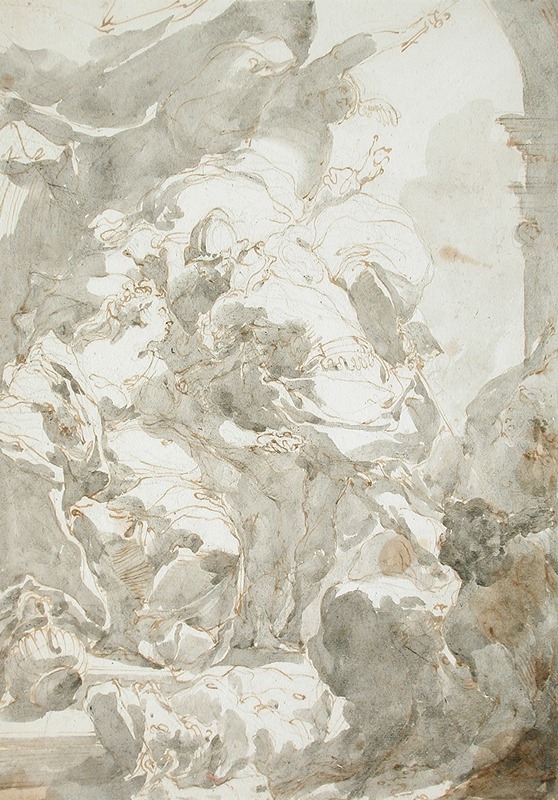
Circe, Ulysses, and Mercury
A hand-painted replica of Gaetano Gandolfi’s masterpiece Circe, Ulysses, and Mercury, meticulously crafted by professional artists to capture the true essence of the original. Each piece is created with museum-quality canvas and rare mineral pigments, carefully painted by experienced artists with delicate brushstrokes and rich, layered colors to perfectly recreate the texture of the original artwork. Unlike machine-printed reproductions, this hand-painted version brings the painting to life, infused with the artist’s emotions and skill in every stroke. Whether for personal collection or home decoration, it instantly elevates the artistic atmosphere of any space.
"Circe, Ulysses, and Mercury" is a painting by the Italian artist Gaetano Gandolfi, an influential figure in the late Baroque and early Neoclassical periods. Gandolfi, born in 1734 in San Matteo della Decima, near Bologna, was part of a prominent family of artists. He was known for his dynamic compositions and vibrant use of color, which are evident in this particular work.
The painting depicts a scene from Homer's epic poem, "The Odyssey," which tells the story of Ulysses (Odysseus in Greek), the hero of the tale, and his long journey home after the Trojan War. In this narrative, Circe is a powerful enchantress who lives on the island of Aeaea. She is known for her ability to transform humans into animals, a skill she uses on Ulysses' crew, turning them into swine. Ulysses, with the help of the god Mercury (Hermes in Greek), manages to resist Circe's magic and eventually convinces her to restore his men to their human forms.
Gandolfi's painting captures the moment of interaction between these three mythological figures. Circe is often depicted as a beautiful and commanding presence, embodying both allure and danger. Ulysses is portrayed as a determined and resourceful hero, while Mercury is shown as a divine messenger, aiding Ulysses with his wisdom and magical herb, moly, which protects him from Circe's spells.
The composition of the painting reflects Gandolfi's mastery of movement and emotion. The figures are arranged in a dynamic interplay, with Circe typically positioned in a way that emphasizes her control and enchantment, while Ulysses' posture suggests both caution and resolve. Mercury's presence adds a divine element to the scene, highlighting the intervention of the gods in human affairs, a common theme in classical mythology.
Gandolfi's use of color and light enhances the dramatic tension of the scene. His palette often includes rich, warm tones that bring a sense of vitality and immediacy to the mythological narrative. The lighting is used to focus attention on the central figures, creating a sense of depth and highlighting the emotional intensity of the encounter.
This painting is an example of Gandolfi's ability to blend the dramatic flair of the Baroque with the emerging clarity and order of Neoclassicism. His work often reflects a deep understanding of human emotion and a keen interest in the stories and characters of classical antiquity.
"Circe, Ulysses, and Mercury" is housed in a collection that appreciates Gandolfi's contribution to art history, showcasing his skill in capturing complex narratives and his influence on the transition between artistic styles. The painting remains a testament to Gandolfi's artistic legacy and his ability to bring mythological tales to life through his art.









